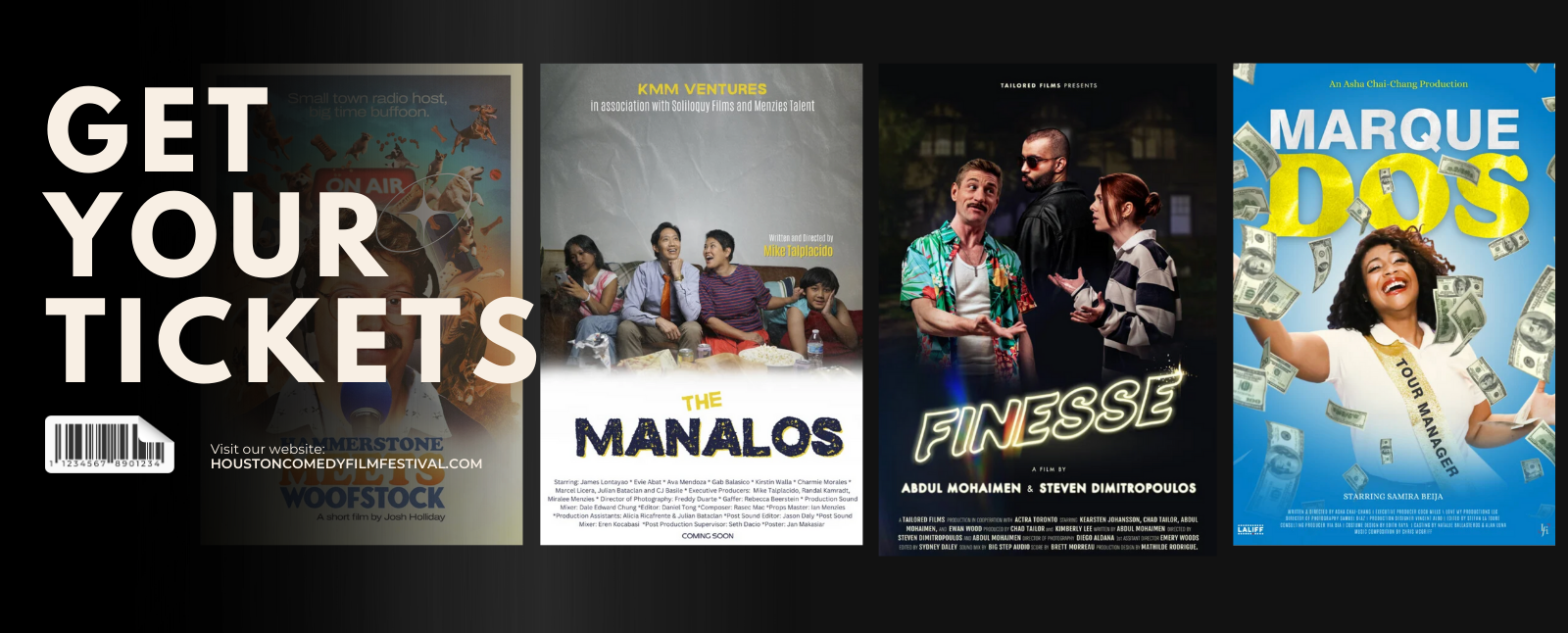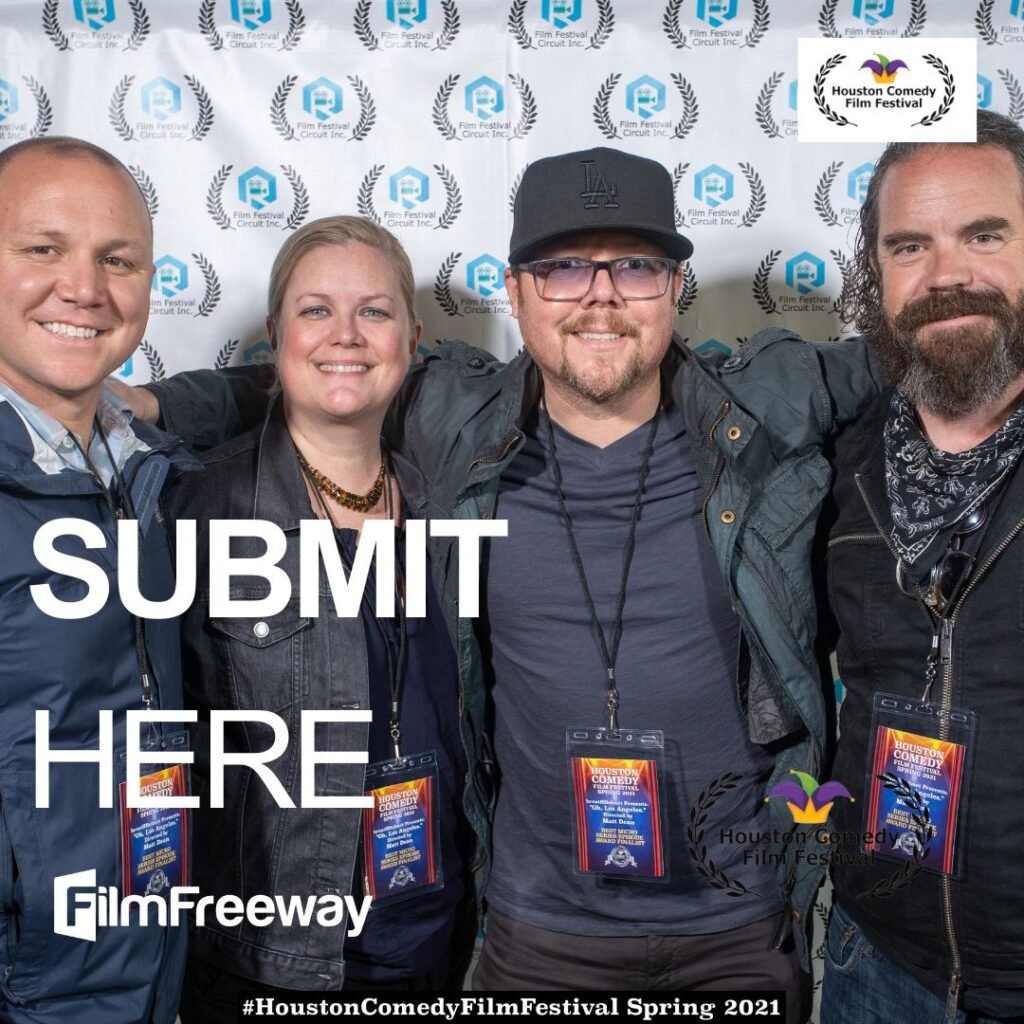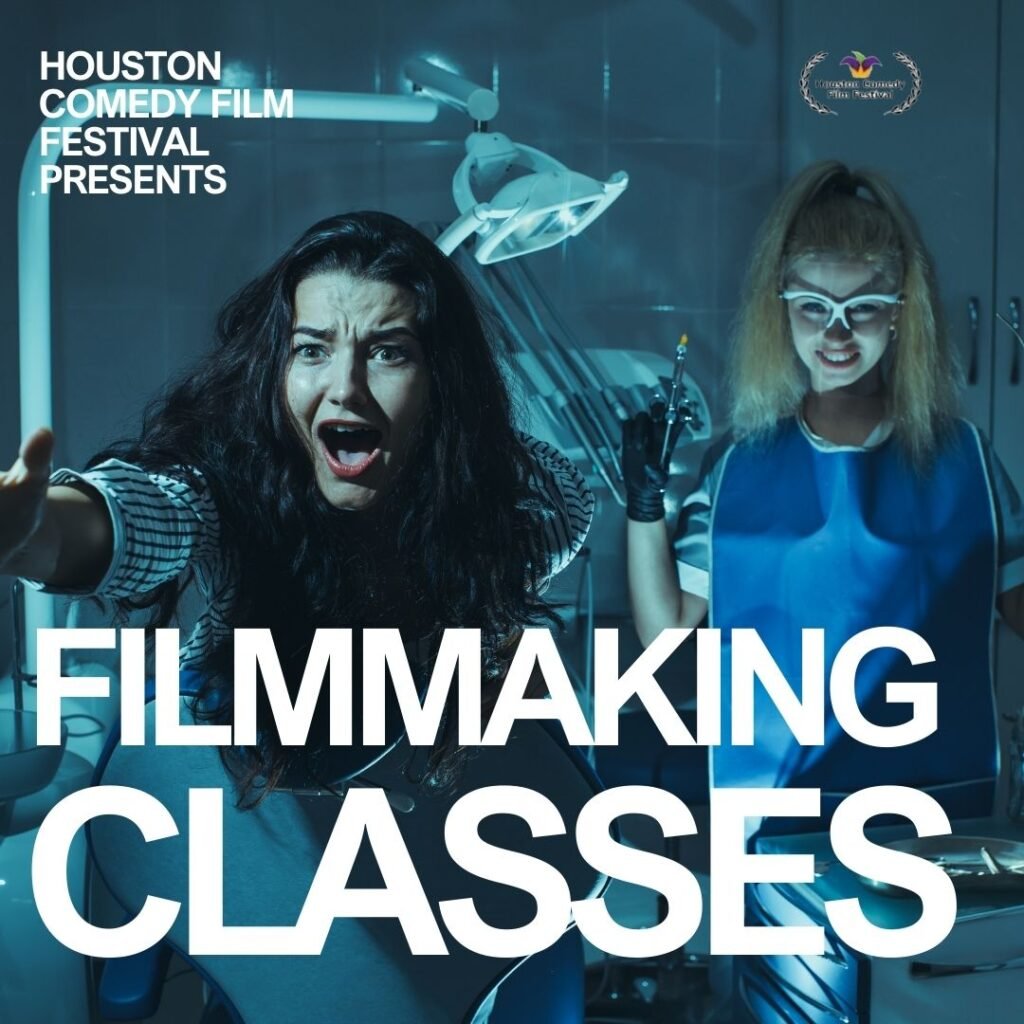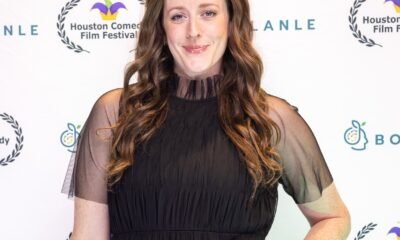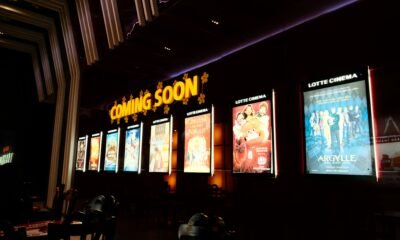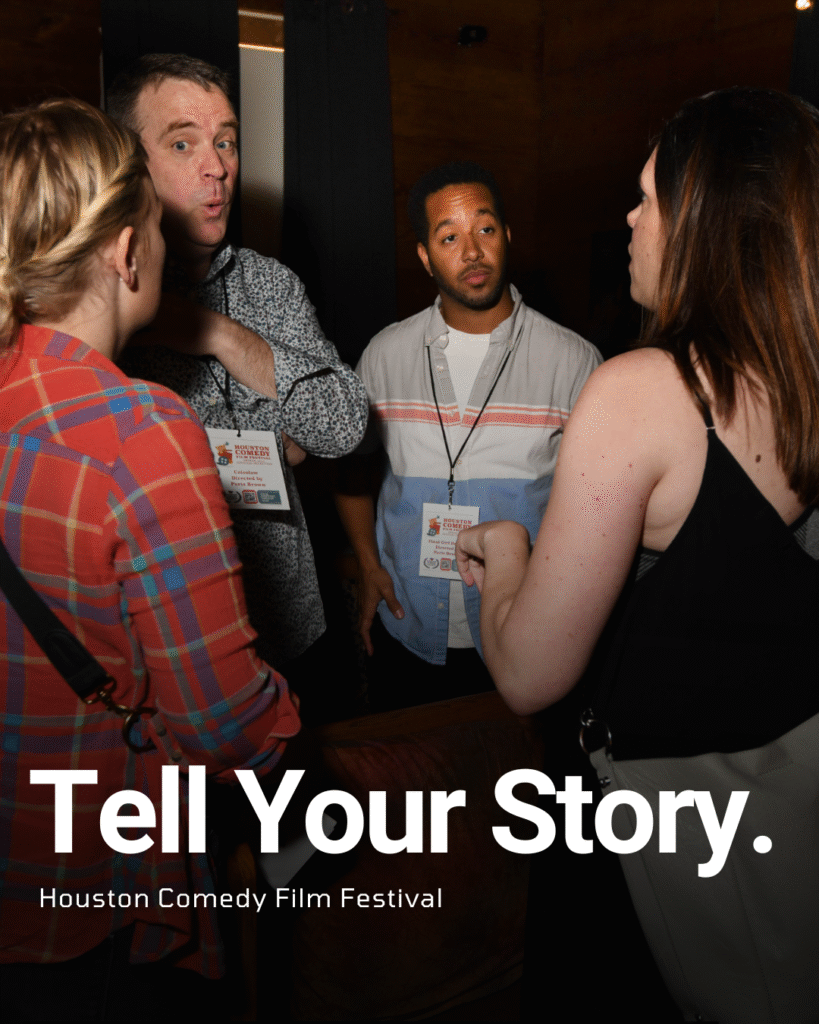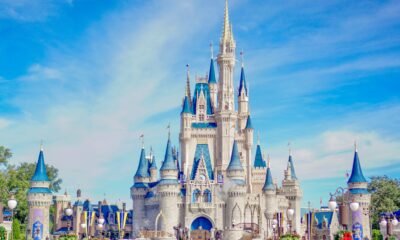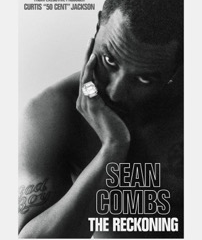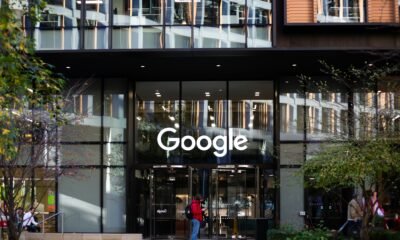Film Industry
Blake & Ryan’s Step-By-Step Strategy to Steal Movies
A new video essay from the YouTube channel “Bopping” is making waves online, arguing that Blake Lively and Ryan Reynolds orchestrated a strategic “hijacking” of the upcoming film adaptation of Colleen Hoover’s “It Ends With Us.” The Bopping analysis claims this wasn’t a spontaneous move but a carefully planned operation, mirroring Reynolds’s own tactics in gaining control over the “Deadpool” franchise.
Step-by-Step Breakdown of the Alleged Strategy (Per Bopping):
The Bopping video breaks down the alleged plan into several key steps:
- Start Small and Be Underpaid: According to Bopping, Lively intentionally accepted a lower salary ($3 million) for her role as Lily Bloom, while securing an executive producer credit. This mirrors Reynolds’s initial approach with “Deadpool,” where he reportedly took a pay cut to demonstrate commitment to the project. The lower budget of “It Ends With Us” (reportedly $25 million, self-funded by Justin Baldoni’s Wayfarer Studios, with Sony as co-distributor) allegedly made it easier for Lively to exert influence.
- Wait Until 50% of the Budget is Spent: Bopping’s analysis suggests Lively waited until a significant portion of the budget was used, including funds allocated to her character’s wardrobe. She then allegedly demanded changes to the wardrobe, causing budget overruns and tension with Baldoni, who had been developing his vision for the film for five years. Bopping posits that Baldoni couldn’t risk firing Lively at this stage, as the project was heavily reliant on her involvement.
- Take Over the Script and Leverage “Dragons”: The Bopping video claims Lively enlisted Reynolds to rewrite dialogue and scripts without consulting Baldoni or the screenwriter. The video references a text message where Lively calls Reynolds and Taylor Swift her “dragons,” implying they wielded significant influence. The analysis details an incident where Lively invited Baldoni to her home, where Reynolds and Swift allegedly pressured him to accept script changes.
- Exploit the Writer’s Strike: The production halt due to the actors’ and writers’ strikes provided Lively with an opportunity to renegotiate her contract, allegedly presenting a list of 17 non-negotiable demands, including increased creative control. Bopping argues Baldoni was in a vulnerable position due to budget constraints and the importance of Lively’s participation for Sony.
- Infiltrate the Editing and Extend the Access: According to Bopping, after filming, Lively allegedly gained access to the editing bay during Baldoni’s protected director’s cut period. The video claims she extended her access to 10 days, replaced original editors with her own hires (including someone who worked with Reynolds on “Deadpool”), and even influenced the firing of the original composer due to Taylor Swift’s alleged personal issues with him. The video further states Lively’s cut was then forced to compete with the director’s cut.
- Threatening to Not Promote: The video claims that Blake threatened to leave the project, take the book’s author with her, and make zero marketing appearances if her cut wasn’t picked.
- Steal Producer Credit: The final goal, according to the Bopping video, was for Lively to secure a formal producer credit, transforming her career and allowing her to negotiate higher salaries and backend deals in future projects. The analysis suggests Lively met the criteria for a PGA mark by influencing the story, hiring key personnel, supervising post-production, and contributing to the music and marketing.
The Ultimate Goal: A Colleen Hoover Empire? (Bopping’s Theory)
The Bopping video concludes by suggesting that Lively and Reynolds’s ultimate goal is to secure the rights to all of Colleen Hoover’s books and build an exclusive film franchise.
It’s important to note that these are just claims made in a YouTube analysis by “Bopping.” There has been no official confirmation on any of these points.
Disclaimer: This article is based solely on the claims and information presented in the provided YouTube transcript from the “Bopping” channel. It does not represent verified facts or the views of this writer.

Bolanle Media covers a wide range of topics, including film, technology, and culture. Our team creates easy-to-understand articles and news pieces that keep readers informed about the latest trends and events. If you’re looking for press coverage or want to share your story with a wider audience, we’d love to hear from you! Contact us today to discuss how we can help bring your news to life
Film Industry
Disney Brings Beloved Characters to ChatGPT After $1 Billion OpenAI Deal

Disney is deepening its push into artificial intelligence with a $1 billion investment in OpenAI, the company behind ChatGPT, in a far-reaching deal that will also license Disney’s iconic characters for use within OpenAI’s new conversational AI platform, Sora.

The agreement positions Disney at the forefront of the entertainment industry’s growing intersection with generative AI, blending the company’s extensive character library with OpenAI’s advanced technology. Under the terms of the partnership, OpenAI will deploy select Disney intellectual property — spanning its animation classics, Pixar, Marvel, and Lucasfilm — across AI-driven storytelling and interactive experiences within ChatGPT Sora.
Sources familiar with the rollout say users will be able to engage directly with Disney characters through immersive dialogues powered by Sora, with potential extensions into digital parks, virtual assistants, and cross-platform storytelling initiatives.
A limited launch is expected to debut in 2026 as Disney explores new ways to integrate AI into consumer experiences.
“This collaboration continues Disney’s legacy of innovation, combining our storytelling heritage with cutting-edge technology to reach audiences in remarkable new ways,” said Disney CEO Bob Iger in a statement.
For OpenAI, Disney’s backing represents both a financial boost and a creative endorsement from one of the world’s most influential content companies. The partnership could accelerate mainstream adoption of AI entertainment tools while positioning ChatGPT Sora as a leader in branded and interactive media spaces.

The investment also signals an industry-wide shift as studios seek to capture value in AI-driven content creation, distribution, and personalization. With Disney’s move, legacy media joins a growing list of entertainment heavyweights aligning with AI firms to future-proof storytelling — marking what could be a pivotal step in Hollywood’s technological reinvention.
Film Industry
Netflix Got Outbid: Paramount Drops a $108 Billion Cash Bomb on Warner Bros.

Paramount has stunned Hollywood with a hostile, all‑cash offer to buy Warner Bros. Discovery outright for about 108.4 billion dollars, topping Netflix’s already splashy takeover agreement. The proposal, disclosed in SEC filings and a tender‑offer announcement, would pay 30 dollars per share in cash, roughly a 139% premium to where Warner Bros. Discovery traded before sale talks heated up and several dollars per share higher than Netflix’s mixed cash‑and‑stock offer.
How Paramount’s Bid Beats Netflix’s
Netflix’s deal focuses on acquiring the core Warner assets—Warner Bros. studio, HBO and the Max streaming service—for a valuation in the low‑80‑billion‑dollar range, compensated partly in Netflix stock. Paramount Skydance, by contrast, is offering all cash for the entire company, valuing Warner Bros. Discovery—including its cable brands like CNN and Discovery—at about 108–109 billion dollars. CEO David Ellison is pitching the bid as “superior” because it gives shareholders a higher headline price, avoids stock‑price risk and comes with committed financing lines from banks and investment partners.

The Regulatory Chess Match
Both deals would face intense antitrust scrutiny, but the risk profiles differ. A Netflix–Warner tie‑up would marry the world’s largest subscription streamer with one of its biggest rivals, a combination analysts say could draw especially tough questions from U.S. and EU regulators about market dominance in streaming. Paramount is arguing that merging two diversified legacy media groups—Paramount Global and Warner Bros. Discovery—creates a stronger competitor to Netflix, Disney and Amazon rather than a streaming near‑monopoly, and therefore should be easier to clear.
What a Paramount–Warner Giant Would Look Like
If Paramount wins, it would control a vast portfolio: Warner Bros. and Paramount Pictures, HBO and Max alongside Paramount+, DC and Harry Potter next to Mission: Impossible and Top Gun, plus global news and lifestyle networks from CNN to Discovery. In pitch materials, Paramount has pledged to keep a robust theatrical pipeline of 30+ films per year from the combined studios while using the enlarged library and sports rights to turbo‑charge streaming growth.

What Happens Next
Warner Bros. Discovery’s board, which has already endorsed Netflix’s agreement, must now evaluate whether Paramount’s richer all‑cash offer is worth triggering a sizeable breakup fee and resetting the regulatory process. Shareholders will ultimately decide between a higher but potentially more complex studio‑merger path and a slightly lower, tech‑powered streaming combo with Netflix. Whatever the outcome, Paramount’s 108‑billion‑dollar cash swing has turned an already historic sale into one of the most dramatic bidding wars Hollywood has ever seen.
Entertainment
This ‘Too Small’ Christmas Movie Turned an $18M Gamble Into a Half‑Billion Classic
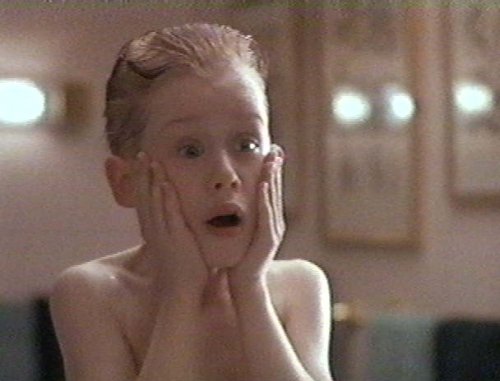
Studios almost left this Christmas staple on the cutting‑room floor. Executives initially saw it as a “small” seasonal comedy with limited box‑office upside, and internal budget fights kept the project hovering in limbo around an $18 million price tag.

The fear was simple: why spend real money on a kid‑driven holiday film that would vanish from theaters by January?
That cautious logic aged terribly. Once released, the movie exploded past expectations, pulling in roughly $475–$500 million worldwide and camping at the top of the box office for weeks.
That’s a return of more than 25 times its production budget, putting it among the most profitable holiday releases in modern studio history.
What some decision‑makers viewed as disposable seasonal content quietly became a financial engine that still prints money through re‑runs, streaming, and merchandising every December.
The story behind the numbers is part of why fans feel so attached to it. This was not a four‑quadrant superhero bet with guaranteed franchise upside; it was a character‑driven family comedy built on specific jokes, one child star, and a very particular vision of Christmas chaos. The fact that it nearly got shelved—and then turned into a half‑billion global phenomenon—makes every rewatch feel like a win against studio risk‑aversion.
When you press play each year, you are not just revisiting nostalgia; you are revisiting the rare moment when a “small” movie out‑performed the system that almost killed it.

 Film Industry4 weeks ago
Film Industry4 weeks agoDisney Brings Beloved Characters to ChatGPT After $1 Billion OpenAI Deal

 Film Industry4 weeks ago
Film Industry4 weeks agoNetflix Got Outbid: Paramount Drops a $108 Billion Cash Bomb on Warner Bros.

 Entertainment4 weeks ago
Entertainment4 weeks agoWhat We Can Learn Inside 50 Cent’s Explosive Diddy Documentary: 5 Reasons You Should Watch

 Business4 weeks ago
Business4 weeks agoGoogle Accused Of Favoring White, Asian Staff As It Reaches $28 Million Deal That Excludes Black Workers

 Entertainment4 weeks ago
Entertainment4 weeks agoSouth Park’s Christmas Episode Delivers the Antichrist

 Entertainment4 weeks ago
Entertainment4 weeks agoSydney Sweeney Finally Confronts the Plastic Surgery Rumors

